Ireland's Minister for Children, Roderic O’Gorman T.D., publishes the sixth and final Annual Report for the ‘Better Outcomes, Brighter Futures (BOBF) National Policy Framework for Children and Young People’.
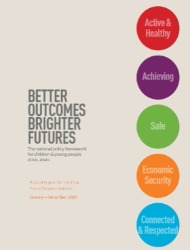 Alongside the Annual Report, the Minister has also published updates to the Better Outcomes, Brighter Futures Indicator Set. The indicator set tracks progress for children and young people aged 0-24 across the five national outcomes outlined in Better Outcomes, Brighter Futures, and helps to identify emerging trends.
Alongside the Annual Report, the Minister has also published updates to the Better Outcomes, Brighter Futures Indicator Set. The indicator set tracks progress for children and young people aged 0-24 across the five national outcomes outlined in Better Outcomes, Brighter Futures, and helps to identify emerging trends.
Chlldren and Young People's Services Committees have played a key role in the implementation of Better Outcomes Brighter Futures. You will find some "Perspectives on implementation" on pages 65 - 66 of the Better Outcomes, Brighter Futures Annual Report 2020.
The Better Outcomes, Brighter Futures Indicator Set provides a broad picture of the lives of childen and young people in terms of how active and healthy they are; the extent to which they are achieving their full potential in learning and development; how safe and protected they are from harm; how economically secure they are; and how connected, respected and engaged they are in society.
This most recent update to the Better Outcomes, Brighter Futures Indicator Set includes some highlights including:
- The percentage of 3 year olds in pre-primary school education has increased from 46% in 2013 to 98% in 2018.
- The percentage of children living in jobless households decreased from 16% in 2014 to 11% in 2020.
- The rate of binge drinking reported by young people aged 15-24 years has decreased, from 58% in 2015 to 31% in 2021.
- The percentage of open cases awaiting the allocation of a social worker has decreased, from 31% in 2014 to 20% in 2020.
 Commenting on the publication of the Annual Report and Indicators, Minister O’Gorman said:
Commenting on the publication of the Annual Report and Indicators, Minister O’Gorman said:
“I welcome the publication of the sixth and final Better Outcomes, Brighter Futures Annual Report for 2020.
When launched in April 2014, Better Outcomes, Brighter Futures was the first overarching national policy framework for children and young people aged from birth to 24 years. It represented a fundamental change in the way we view children and young people and set out a mandate and agenda for transforming how we work as a collective to meet their needs and aspirations."
The Minister acknowledges strong progress and achievements and states a commitment to further strengthening and sustaining efforts, building on successes and addressing some of the enduring problems that adversely impact on the lives of children and young people.
In conclusion Minister O'Gorman states
“We now look forward in our collective efforts to further improve outcomes for children and young people in Ireland. We will take the learnings from the Better Outcomes, Brighter Futures process on board. Work on the development of the successor Framework has begun in my Department and I look forward to working with all stakeholders in its development and implementation.”
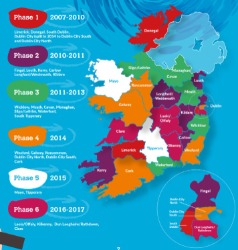 The 750+ organisations that comprise Children and Young People's Services Committees can be proud of their collective achievements to unite locally in the best interests of children and young people in their county. We echo the Minister's sentiments in support of collaboration for and with children and young people.
The 750+ organisations that comprise Children and Young People's Services Committees can be proud of their collective achievements to unite locally in the best interests of children and young people in their county. We echo the Minister's sentiments in support of collaboration for and with children and young people.
Visit your County's CYPSC to find out more.
Read your county's Children and Young People's Plan in our CYPSC Resources page.
Better Outcomes Brighter Futures Sixth Annual Report January - December 2020
Better Outcomes Brighter Futures Indicator Set
Better Outcomes, Brighter Futures (BOBF), National Policy Framework for Children and Young People (2014 – 2020)
Better Ou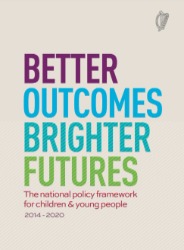 tcomes, Brighter Futures, launched in April 2014, represented the first overarching national children’s policy framework covering the age range spanning children and young people 0–24 years. It adopted a whole-of-government approach and was underpinned by a number of constituent strategies in the areas of early years, youth, participation and LGBTI+.
tcomes, Brighter Futures, launched in April 2014, represented the first overarching national children’s policy framework covering the age range spanning children and young people 0–24 years. It adopted a whole-of-government approach and was underpinned by a number of constituent strategies in the areas of early years, youth, participation and LGBTI+.
The Framework:
- Established a shared set of outcomes for children and young people to which all Government Departments and agencies, statutory services and the voluntary and community sectors worked to ensure a coherent response for children and young people;
- Identified the range of commitments in place across Government and progressed these based on a structured, systematic and outcomes focused approach;
- Prioritised the key cross-cutting transformational goals under each outcome area, which required concerted and coordinated action to ensure the realisation of the respective outcomes;
- Emphasised an integrated and evidence informed approach to working across Government, on horizontal and vertical levels – an approach that was child-centred, benefited from interagency and multidisciplinary working, and which transferred to all sectors and settings working with children and young people.
Better Outcomes, Brighter Futures adopted an outcomes approach based on five national outcomes for children and young people. These outcomes are interconnected and reinforcing and captured current and new Government commitments to improving policy and services in relation to each.
These are:
- Active and healthy with physical and mental wellbeing
- Connected, respected and contributing to their world.
- Economic security and opportunity
- Safe and protected from harm
- Achieving full potential in all areas of learning and development
To ensure more children and young people achieve these outcomes, six transformational goals were identified that needed focus over the lifetime of the Framework. These goals were identified as key areas that, with focused and collective effort, had the potential to transform the effectiveness of existing policies, services and resources.
The 163 commitments in Better Outcomes, Brighter Futures were drawn from across Government. The Framework recognised the need to connect, nationally and locally, if we were to effectively utilise all of the inputs and resources available to support our vision for children and young people.
Updated Better Outcomes, Brighter Futures indicator set report
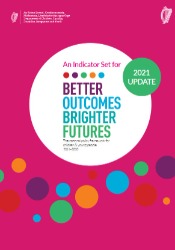 The report presents updates to the Better Outcomes Indicator set. The indicator set was first published in 2017 and a detailed methodology report that describes the process used to develop this indicator was published in 2019.
The report presents updates to the Better Outcomes Indicator set. The indicator set was first published in 2017 and a detailed methodology report that describes the process used to develop this indicator was published in 2019.
The purpose of the indicator set is to track progress for children and young people aged 0-24 across the five national outcomes outlined in Better Outcomes, Brighter Future: The national policy framework for children and young people 2014-2020.
To achieve this, the indicators identify and combine data from a range of sources including administrative survey and census data. In all, the indicator set includes 70 indicator areas with between one and four indicators per area. The report includes summary level data for each indicator and detailed information on the indicator sources.
For each indicator data area presented (where available) for the closest point in time to the establishment of Better Outcomes, Brighter Futures in 2014, the closest point in time to the first publication of the report in 2017 and to the most recent as of 2021.
Some highlights of the indicators include:
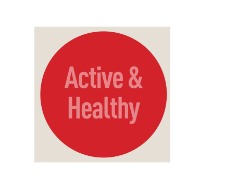 Outcome 1: Active and healthy
Outcome 1: Active and healthy
- The rate of binge drinking reported by young people aged 15-24 years has decreased, from 58% in 2015 to 31% in 2021.
- The total mortality rate among children and young people aged 0-24 years decreased from 545 in 2014 to 363 in 2020. The suicide rate also decreased over time, from 76 in 2014 to 51 in 2020.
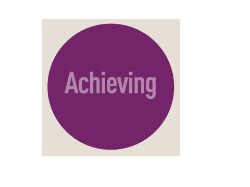 Outcome 2: Achieving full potential in learning and development
Outcome 2: Achieving full potential in learning and development
- The percentage of early childhood care and education (ECCE) services that meet higher capitation criteria increased from 46% in 2014 to 61% in 2020/2021.
- The Leaving Cert completion rate increased from 90% for the 2007 post-primary school entry cohort to 92% for the 2014 cohort.
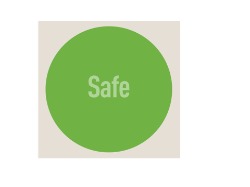 Outcome 3: Safe and protected from harm
Outcome 3: Safe and protected from harm
- The percentage of open cases awaiting the allocation of a social worker has decreased, from 31% in 2014 to 20% in 2020.
- From 2010 to 2018, the percentage of children aged 11-17 who reported being bullied in school in the past couple of months increased from 24% to 31% while the percentage who reported bullying others decreased from 17% to 13%.
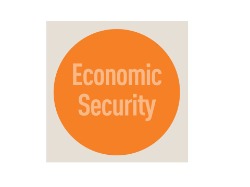 Outcome 4: Economic security and opportunity
Outcome 4: Economic security and opportunity
- The percentage of 0-14 year olds and 15-24 year olds experiencing consistent poverty was 7.5% and 6.4% respectively in 2020.
- The percentage of children under 18 living in jobless households decreased from 16% in 2014 to 11% in 2020.
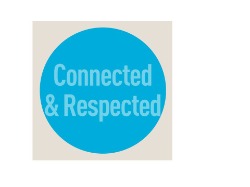 Outcome 5: Connected, respected and contributing to their world
Outcome 5: Connected, respected and contributing to their world
- From 2012 to 2018, the percentage of 15 year olds who report spending time just talking with their parents increased from 68% to 70%.
- The percentage of 16-24 year olds who report having high satisfaction with their personal relationships increased from 56% to 58% between 2013 and 2018.
Better Outcomes Brighter Futures Sixth Annual Report January - December 2020
Better Outcomes Brighter Futures Indicator Set
Click here for more CYPSC News.